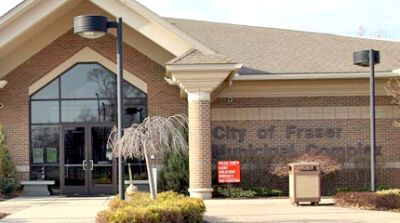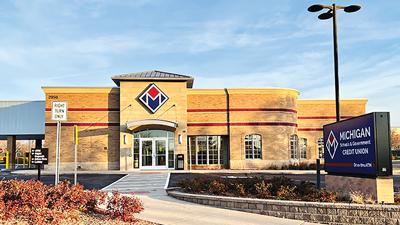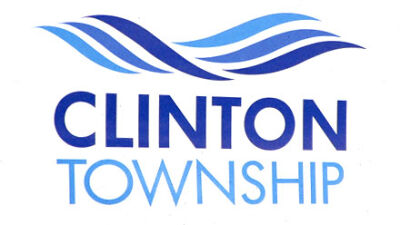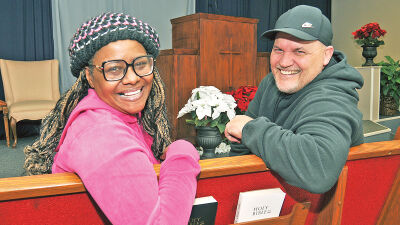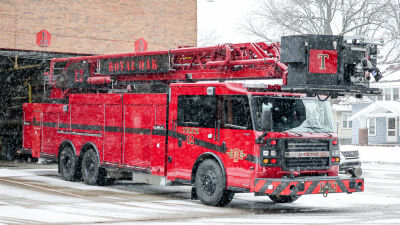FRASER — At the Sept. 26 Fraser City Council meeting, Municipal Analytics gave a presentation laying out possible increases to water and sewer rates in the city.
John Kaczor, the firm’s founder and principal consultant, walked the council through the projected hikes in future years. The analytics company was contracted to do the water and sewer rates study for the city.
Kaczor said many aspects of the study were subject to change and that the city should update the model for determining rates annually. Municipal Analytics worked to get the rates closer with guidelines set by the American Water Works Association. According to Kaczor, rates have remained steady for both utilities since about 2018. Kaczor said rates for sewer usage are nearly 100% fixed and rates for water usage are 60% fixed.
The council unanimously voted to set a public hearing for discussion of the rates at its regular meeting on Nov. 14.
The combined water and sewer bill for 5/8-inch meter would see a 9.4% increase, according to Kaczor’s presentation. That is the typical meter size for a home. Kaczor said a meter will normally last 10-12 years.
Rates are determined by meter size. A typical residential home would have a specific corresponding meter, making the water rate fixed for all buildings with this type of meter. However, during the meeting, Mayor Michael Lesich said there were over hundreds of homes that had larger 1-inch meters. The current ratio used by the city combines these slightly larger meters and a typical meter together in calculating the rate, according to Kaczor.
“Any customer who has a large meter relative to their usage is going to be impacted more,” Kaczor said.
If a customer has a meter that doesn’t fit their usage, Kaczor said the meter could be changed to something more appropriate. He said care has to be taken if the building has a fire suppression system.
The presentation showed that the first three years of the program will be the most volatile, but that rates would eventually level out.
Councilwoman Amy Baranski questioned what would happen if the city didn’t change its rate structure.
“If you don’t change rates enough, you won’t be able to fund your capital plan,” Kaczor said.
Kaczor explained that because the city didn’t spend as much as Plante Moran projected on capital improvements, the city has an opportunity to spend some of this money to soften the blow of the rate increases. Plante Moran created the previous structure for water and sewer rates.
Councilwoman Patrice Schornak said the City Council in the past had not changed the rates because of the higher costs residents had experienced everywhere else. However, she said these increases were essential to address ongoing concerns like aging infrastructure.
“This is the pain point for our residents,” Schornak said.
Kaczor said aging infrastructure is an ongoing issue that needs to be addressed.
“We know that water and wastewater is underpriced and undervalued in this country,” Kaczor said. “It has been for decades because there is so much government subsidy of it, so at some point you have to fix it.”
He gave the example of a fire department using a hydrant to fight a fire. When firefighters hooked up to the hydrant and a trickle of water escaped, it was a major issue.
“Their 4-inch pipe had dwindled to a 1-inch opening because it had been in the ground for almost 100 years and somebody died (in the fire),” Kaczor said.
Kaczor said there’s about 16-18% water loss in the system. This deals with water that is not accounted for in the system due to things like leaks.
 Publication select ▼
Publication select ▼